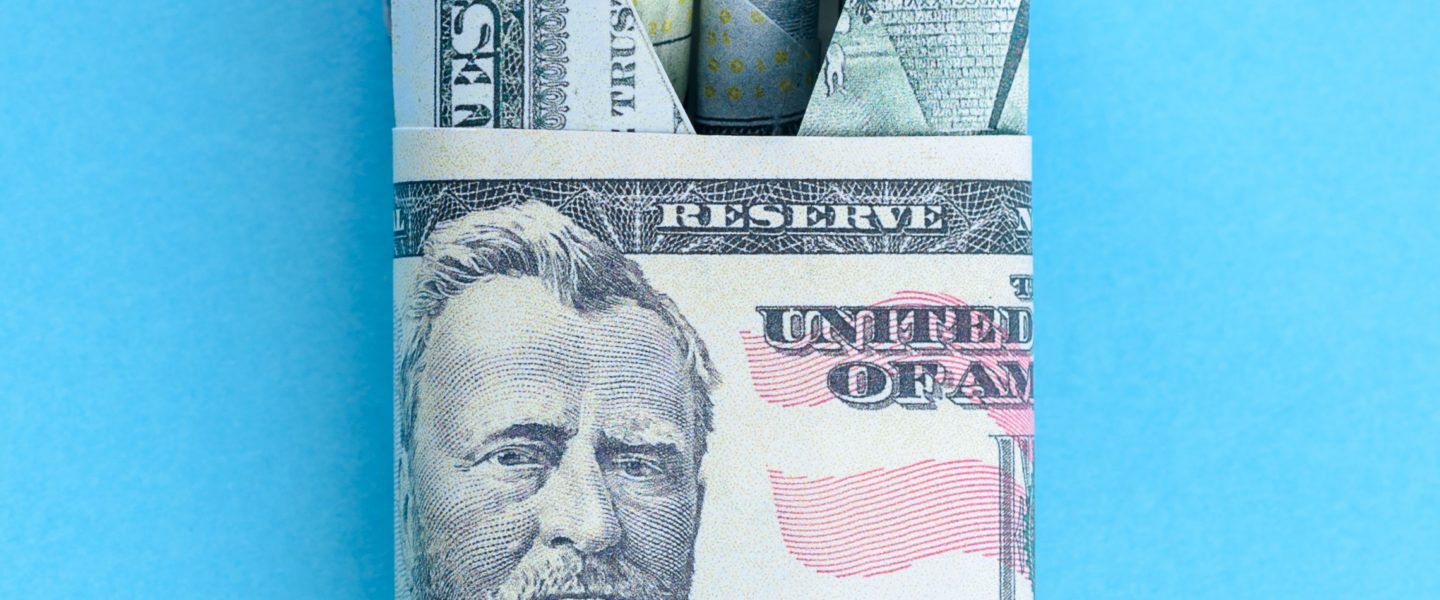Introduction: A previous study found that the Food and Drug Administration’s The Real Cost
national tobacco education campaign was associated with preventing approximately 350,000 U.S.
youth from initiating smoking between 2014 and 2016. This study translates the reduction in smoking
initiation into monetary terms by examining the cost effectiveness of the campaign.
Methods: The cost effectiveness of The Real Cost was assessed by measuring efficiency in two
ways: (1) estimating the cost per quality-adjusted life year saved and (2) estimating the total monetary
return on investment by comparing the cost savings associated with the campaign to campaign
expenditures. Analyses were conducted in 2017.
Results: The Real Cost averted an estimated 175,941 youth from becoming established smokers
between 2014 and 2016. Campaign expenditures totaled $246,915,233. The cost per qualityadjusted
life year saved of the campaign was $1,337. When considering the costs of smoking, the
averted established smokers represent >$31 billion in cost savings ($1.3 billion when only external
costs considered). The overall return on investment of the campaign was $128 in cost savings for
every $1 spent ($4 for every $1 spent when only external costs considered). These conclusions were
robust to sensitivity analyses surrounding the parameters.
Conclusions: Campaign expenditures were cost efficient. The cost savings resulting from The Real
Cost represent a large reduction in the financial burden to individuals, their families, and society as
a result of tobacco. Public health campaigns, like The Real Cost, that reduce tobacco-related morbidity
and mortality for a generation of U.S. youth also provide substantial cost savings.
To read this full article, click here!
